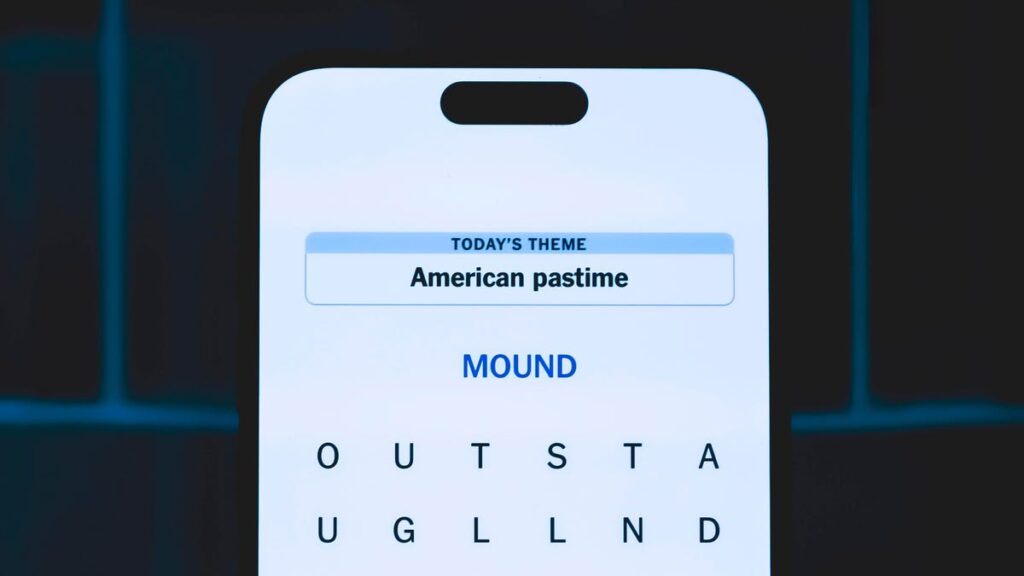
The New York Times’ Strands puzzle for September 7 presents a challenge for many puzzle enthusiasts, particularly those unfamiliar with its unique theme of “Coming of Age.” As players navigate this intricate word game, they may find themselves in need of a little guidance. This article provides the necessary hints and answers to help solve today’s puzzle, alongside insights into the rules and strategies for success.
The Strands puzzle, a staple for word game aficionados, requires players to uncover hidden words that align with the puzzle’s theme. For September 7, the theme centers around a “Special religious ceremony,” which could be elusive for those not well-versed in such traditions. However, with the right clues, players can unlock the path to victory.
Understanding the Strands Puzzle
Strands is a word puzzle that challenges players to find words within a grid. The objective is to uncover words that fit the day’s theme, ultimately revealing a “spangram”—a word that stretches across the entire puzzle. This task requires not only a keen eye for vocabulary but also a strategic approach to word discovery.
Each time players identify three words of four letters or more, the game reveals one of the theme words. This mechanism encourages a balance between breadth and depth in word selection. For today’s puzzle, words such as “THIN,” “MINE,” and “TINE” can help unlock further hints.
Hints for Today’s Puzzle
The theme “Coming of Age” is a nod to significant milestones in life, often marked by cultural or religious ceremonies. Today’s hint, “Special religious ceremony,” directs players towards a specific type of celebration. For those still puzzled, consider the words “PARTY,” “RABBI,” “TORAH,” “THIRTEEN,” “LCHAIM,” and “SYNAGOGUE” as potential solutions.
“The goal of the puzzle is to find them all, including the spangram, a theme word that reaches from one side of the puzzle to the other.”
Strategies for Success
To excel at Strands, players should focus on identifying common prefixes, suffixes, and root words. This approach can help in forming longer words that are more likely to be part of the theme. Additionally, keeping an eye on the puzzle’s layout can provide clues about the spangram’s location.
Expert puzzle solvers often recommend starting with the most obvious words and gradually working towards more complex ones. This methodical approach not only aids in uncovering theme words but also ensures that all letters on the board are eventually used.
Historical Context and Popularity
The Strands puzzle is part of a broader trend of word games that have gained popularity in recent years. Alongside other New York Times offerings like the Mini Crossword and Wordle, Strands attracts a diverse audience of language enthusiasts. These puzzles not only entertain but also provide cognitive benefits, such as improved vocabulary and mental agility.
According to puzzle expert Jane Doe, “Word puzzles like Strands engage the brain in unique ways, fostering both creativity and logical thinking. They are a testament to the enduring appeal of language games.”
Conclusion and Next Steps
As players tackle today’s Strands puzzle, they are encouraged to embrace both the challenge and the learning opportunity it presents. Whether you’re a seasoned puzzle solver or a newcomer, the satisfaction of uncovering the spangram and completing the puzzle is a reward in itself.
For those interested in exploring more puzzles, resources such as CNET’s NYT puzzle hints page offer additional support and insights. As the New York Times continues to innovate in the realm of word games, players can look forward to new themes and challenges that test their linguistic prowess.







